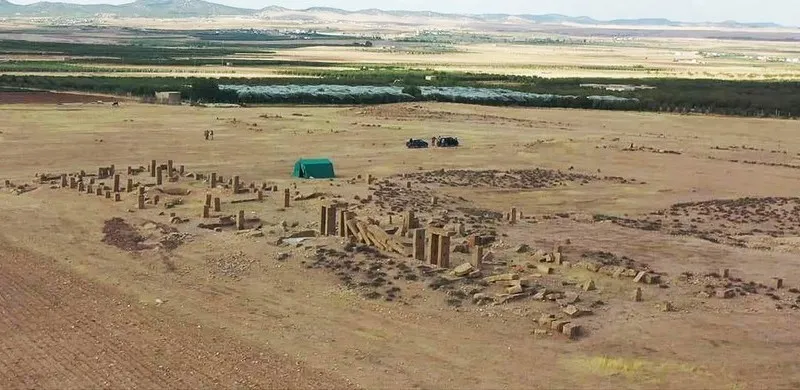An international team of researchers from Spain, Tunisia, and Italy has uncovered an industrial-scale olive oil production facility in Tunisia, near the western border with Algeria. The archaeological site where the mill was discovered, Henchir el Begar, is in the Kasserine region of Tunisia, which was known as Cillium when it was part of the ancient Roman empire.
According to an article published on Phys.org, the latest excavation zeroes in on two separate olive oil facilities on the steppes of Jebel Semmama, a mountain range in the Kasserine region. This area, given its temperature fluctuations and minimal rainfall, was ideal for olive cultivation. This part of the Roman Empire situation in North Africa became the main olive oil supplied to Rome,
“This mission offers an unprecedented insight into the agricultural and socio-economic organization of the frontier regions of Roman Africa,” said Luigi Sperti, an archaeology professor at Ca’ Foscari University in Venice, and one of the project’s three main researchers.
Henchir el Begar was host to two olive oil facilities. Site 1 features the largest mill in Tunisia, and the second largest in the Roman empire, with 12 torculariums (beam presses). Site 2 has the remains of a slightly smaller facility, with eight presses. The sites were operational between the 3rd and 6th centuries.
“Olive oil was a very important product in the daily life of the ancient Romans,” explained Sperti. They “not only used it as a condiment in cooking but also as a product for body care, in sports, and medicine, and even—if of poor quality—as fuel for lighting.”
